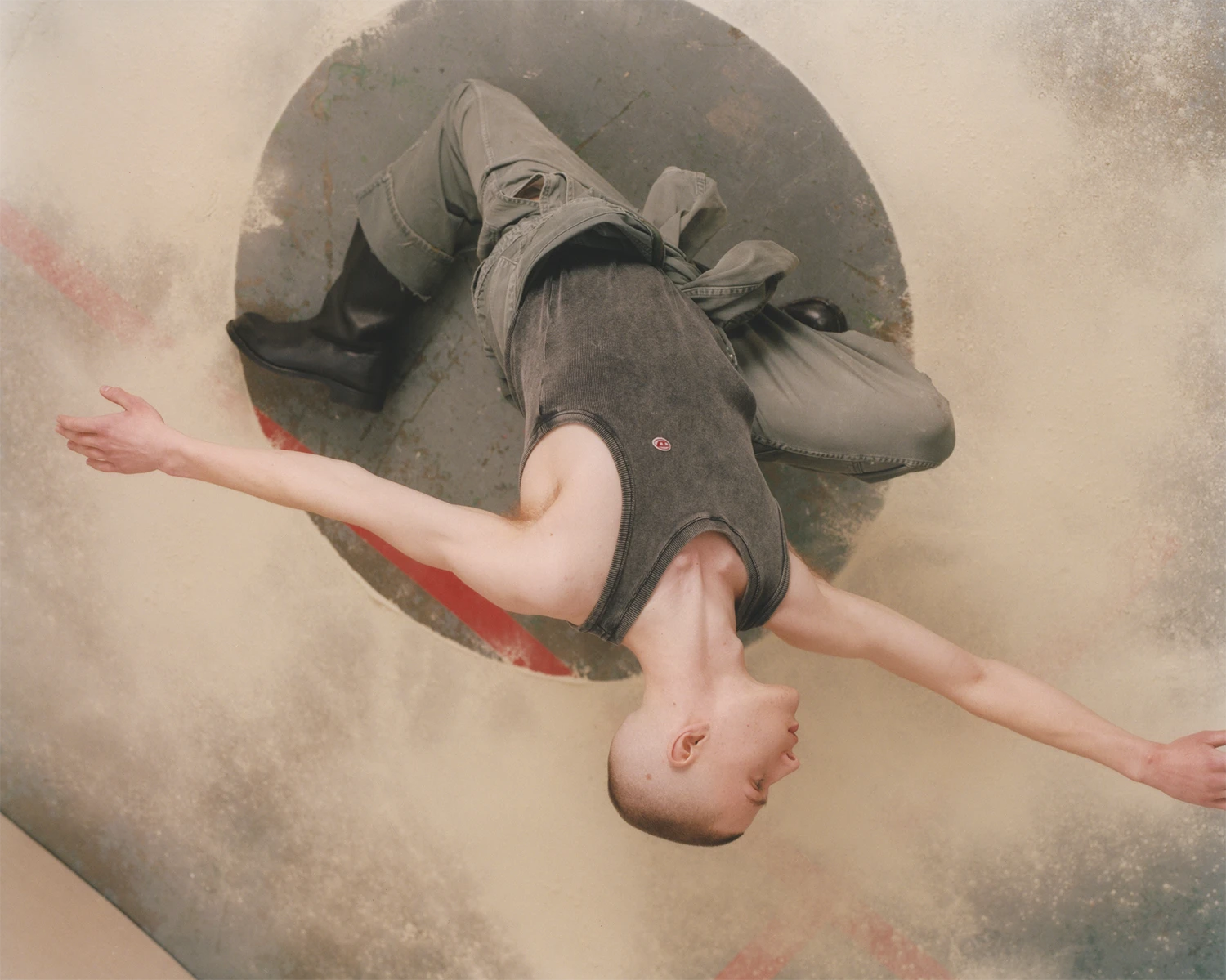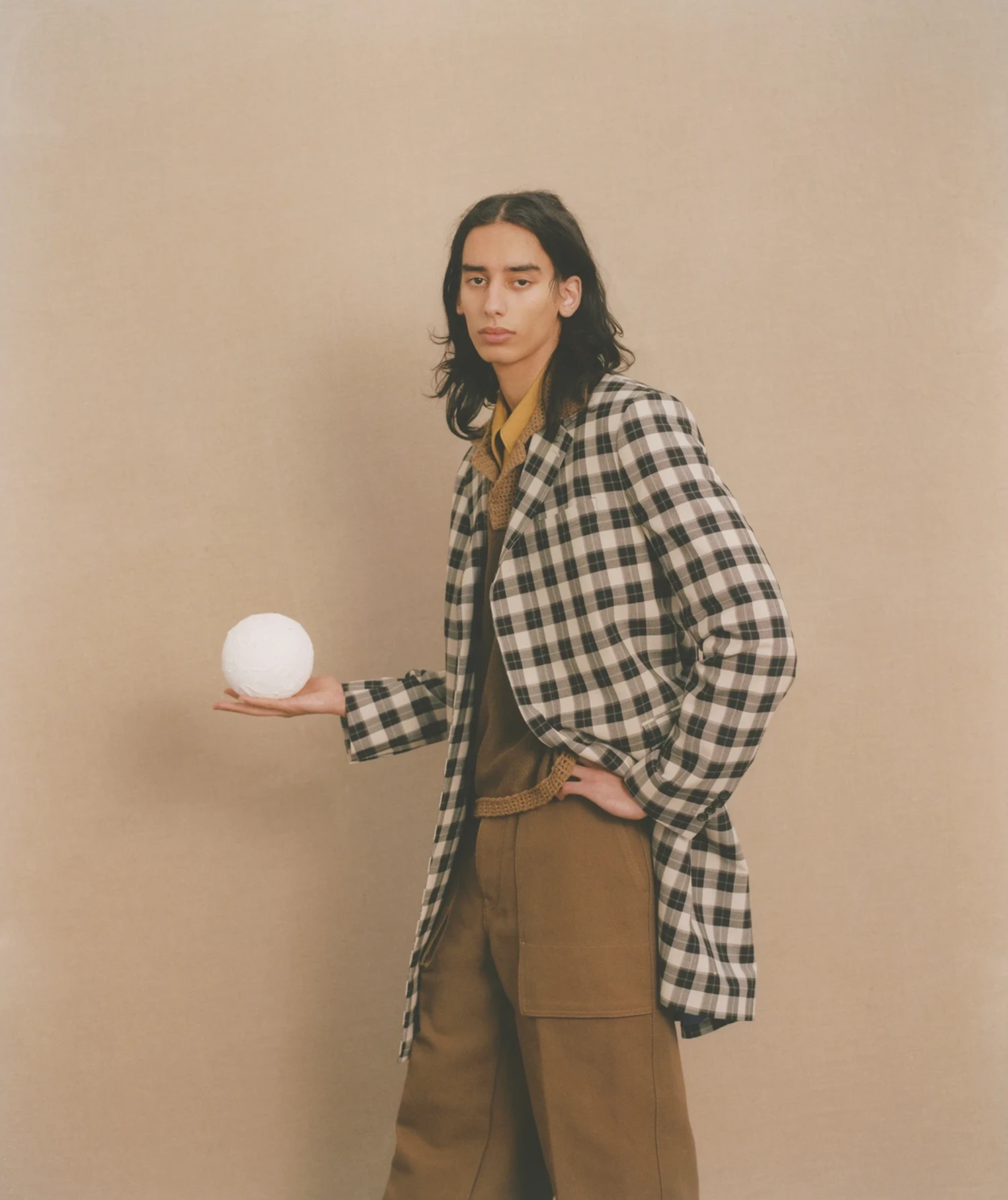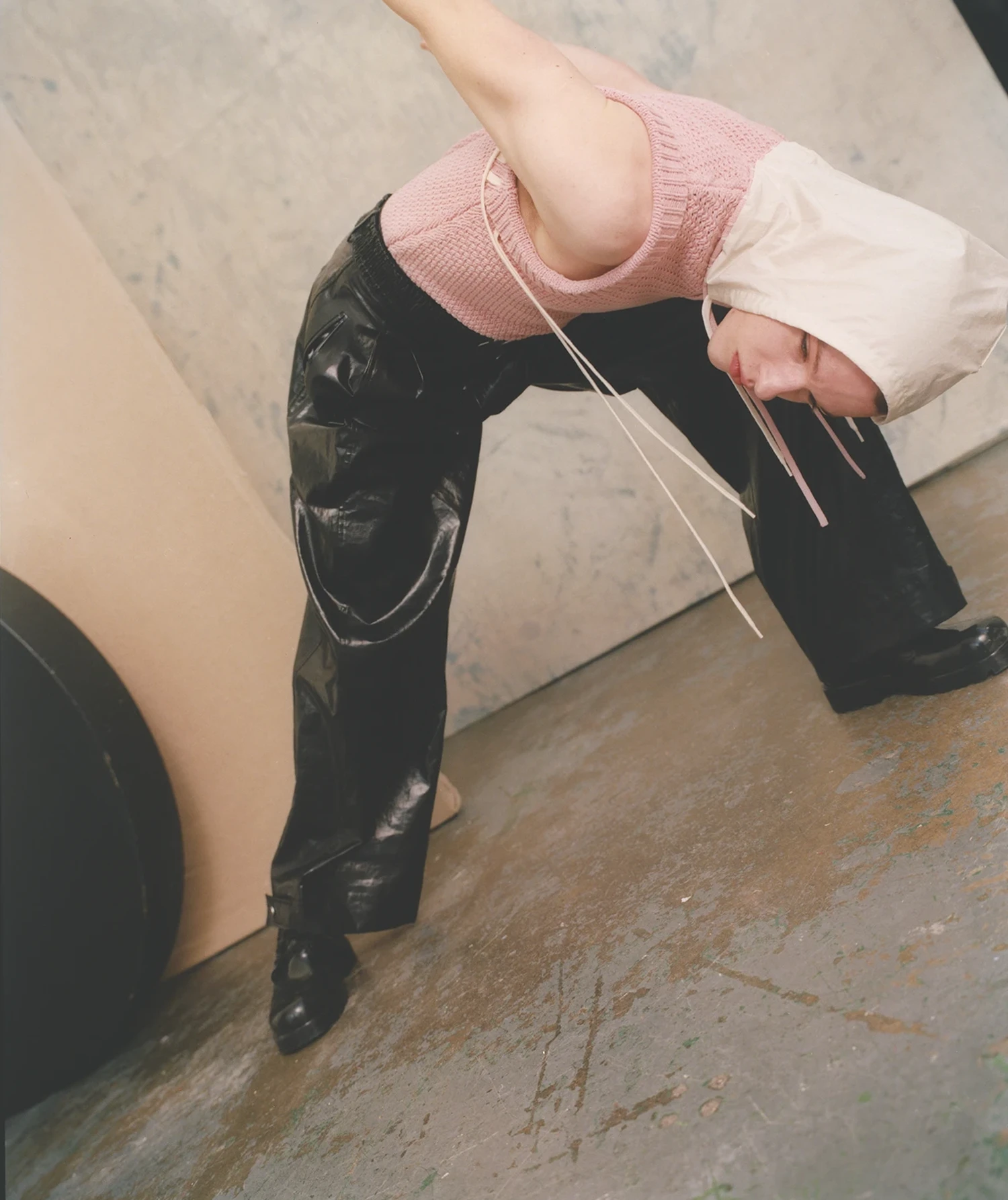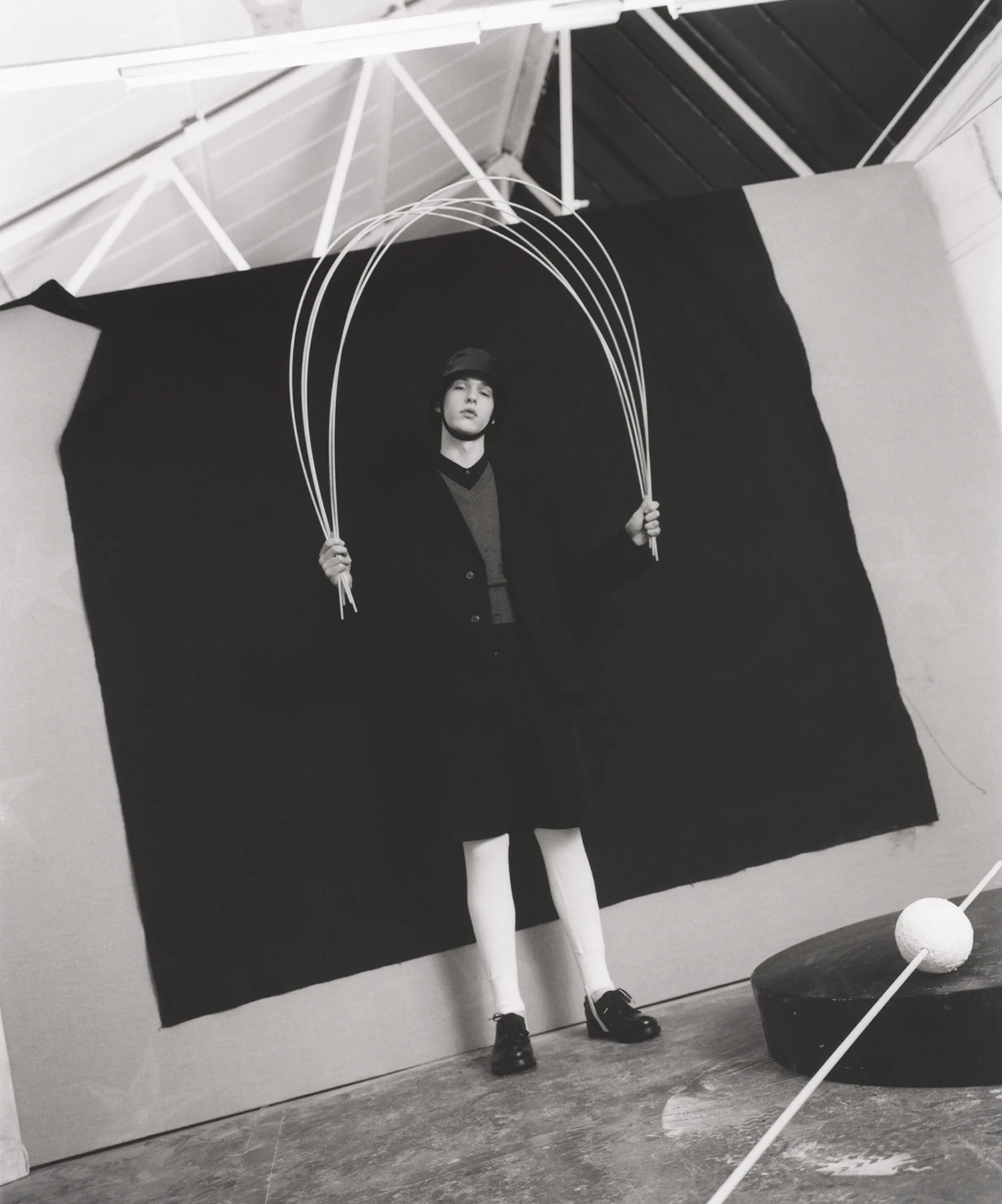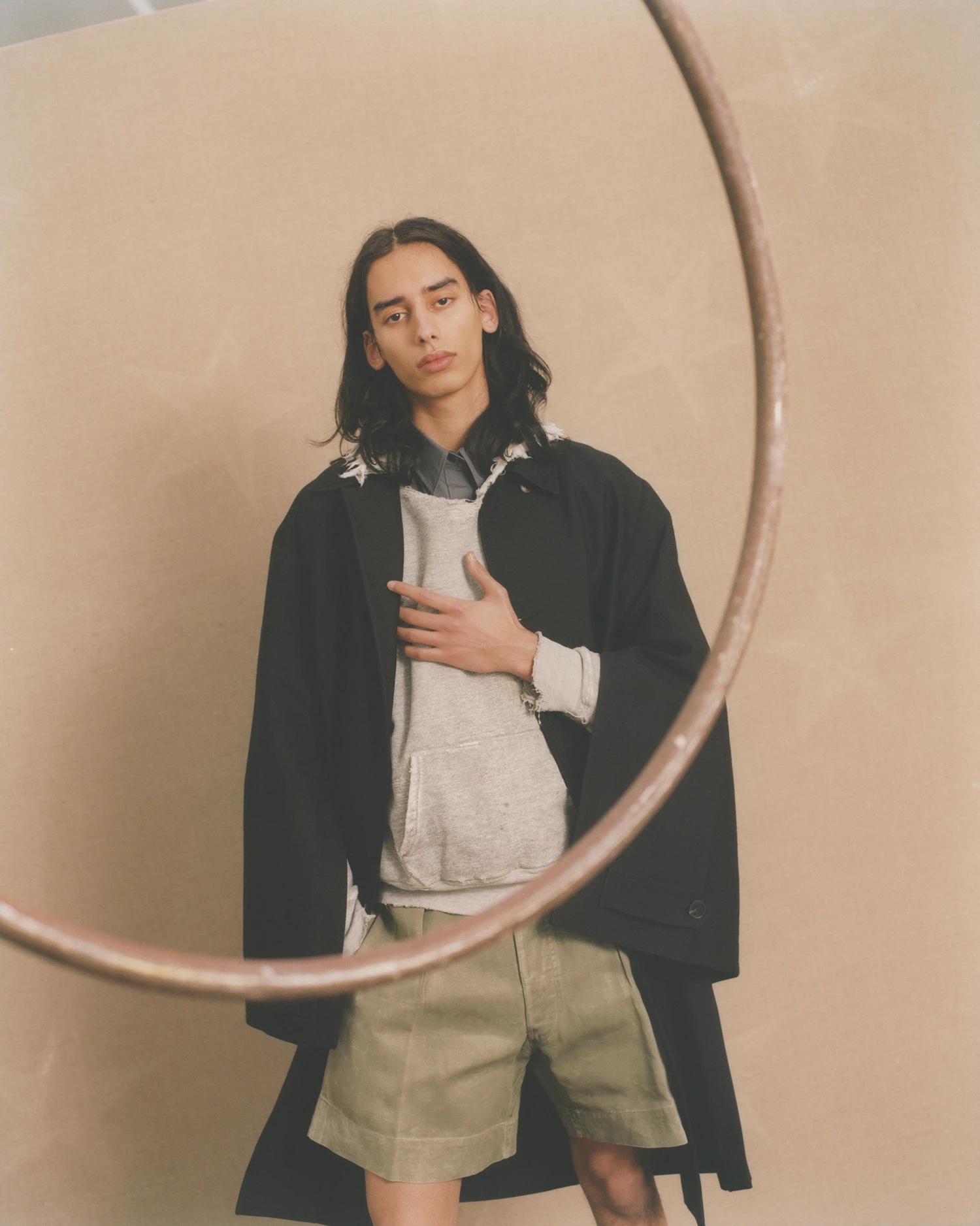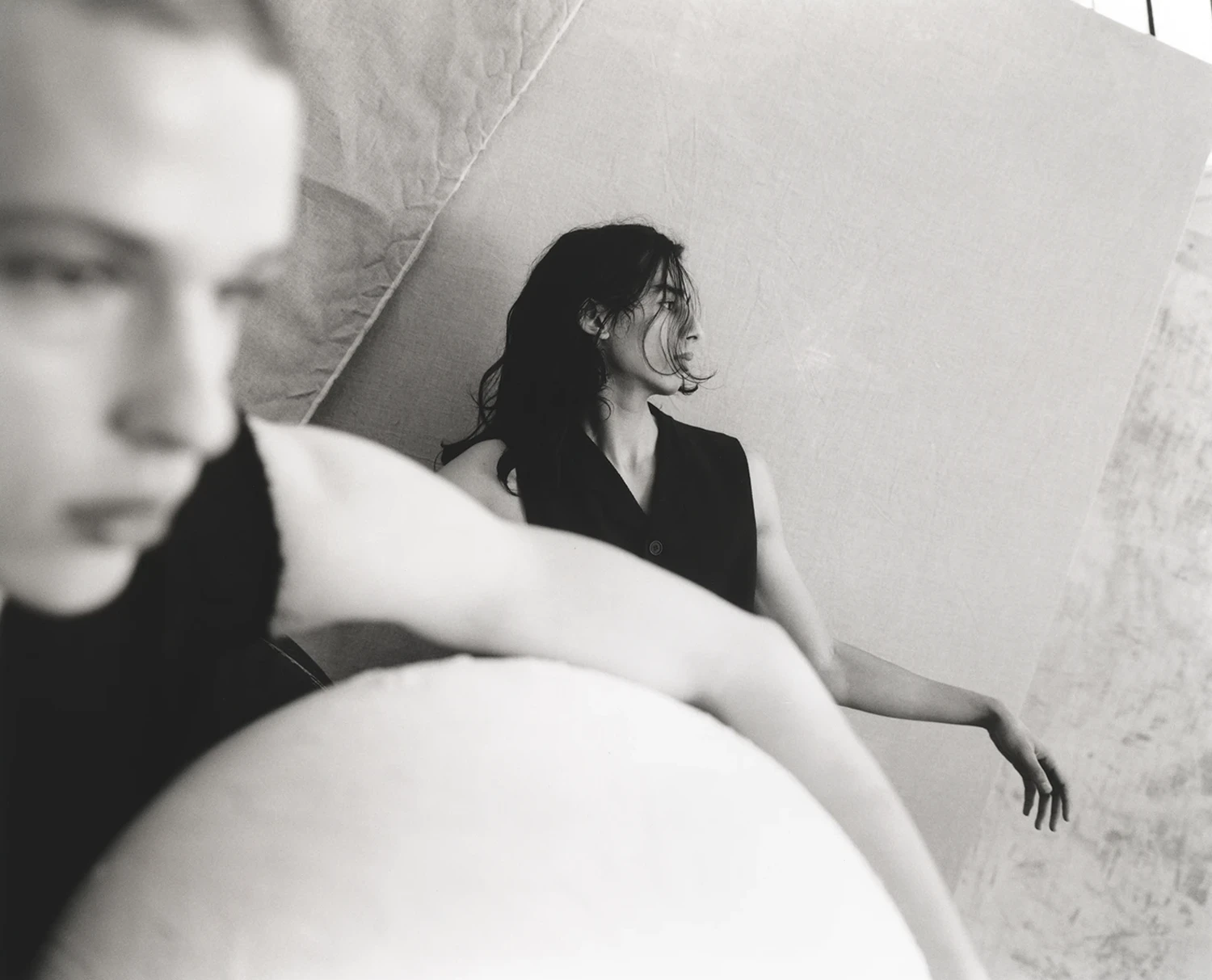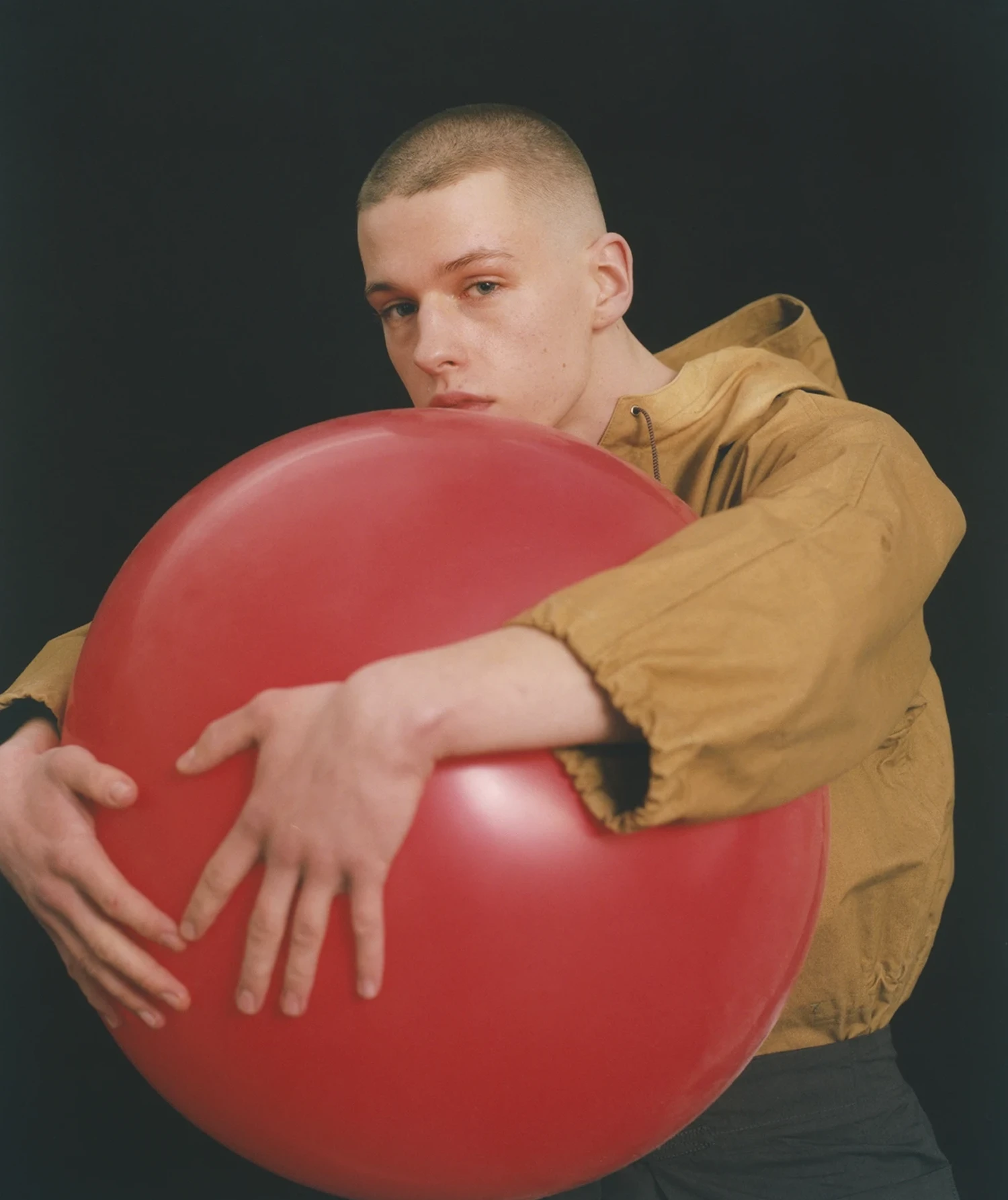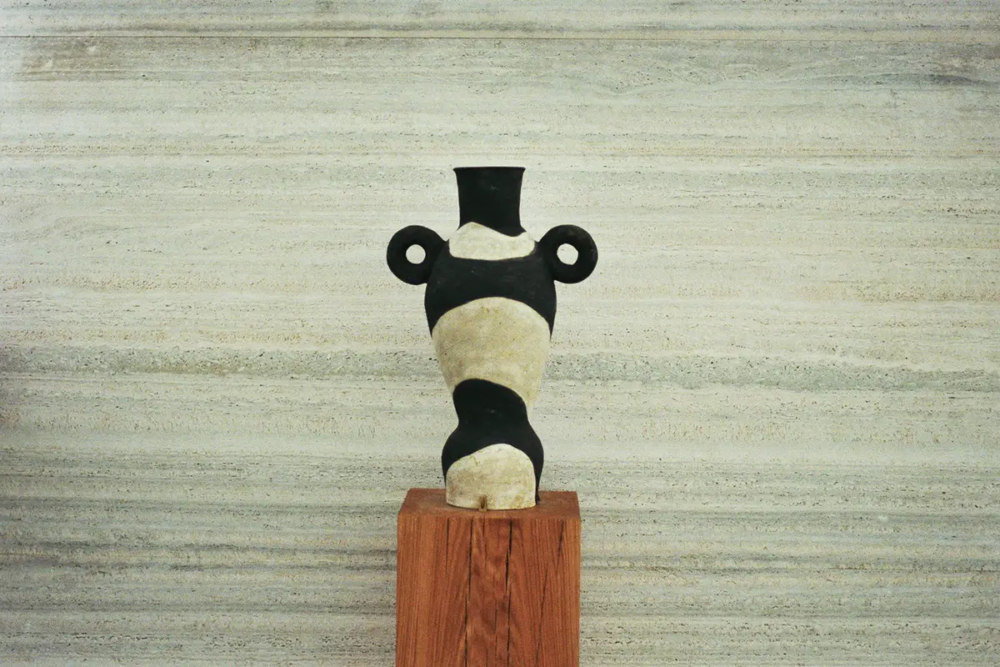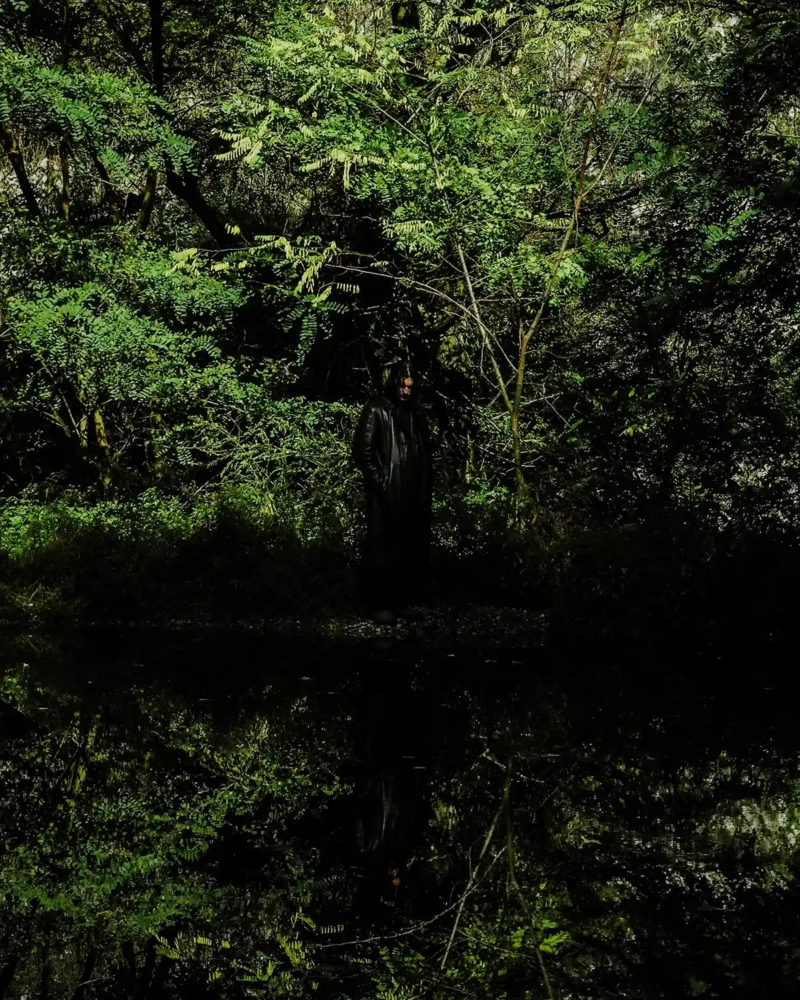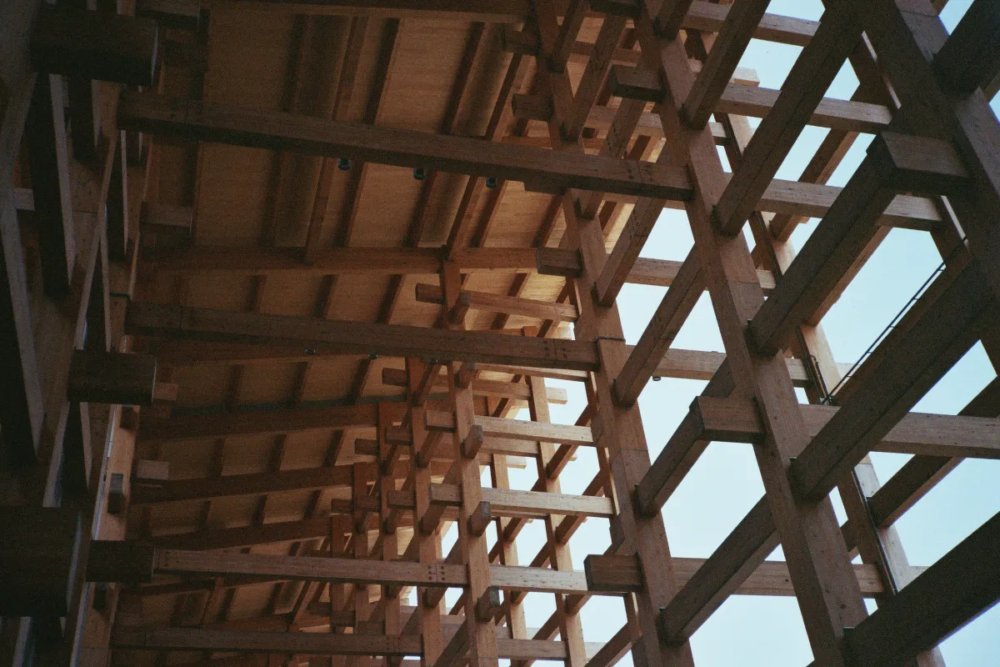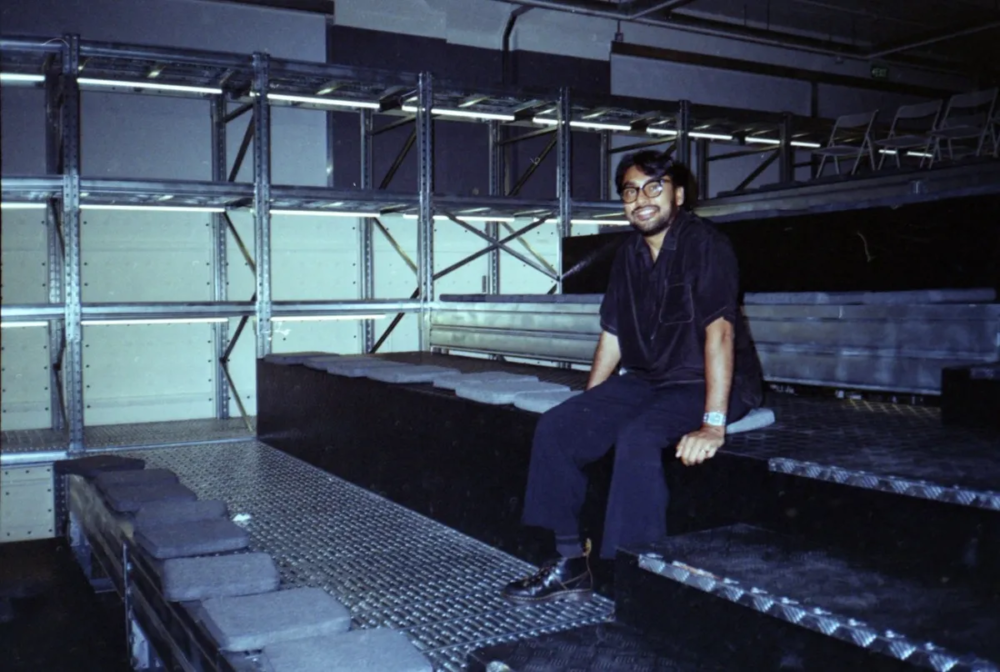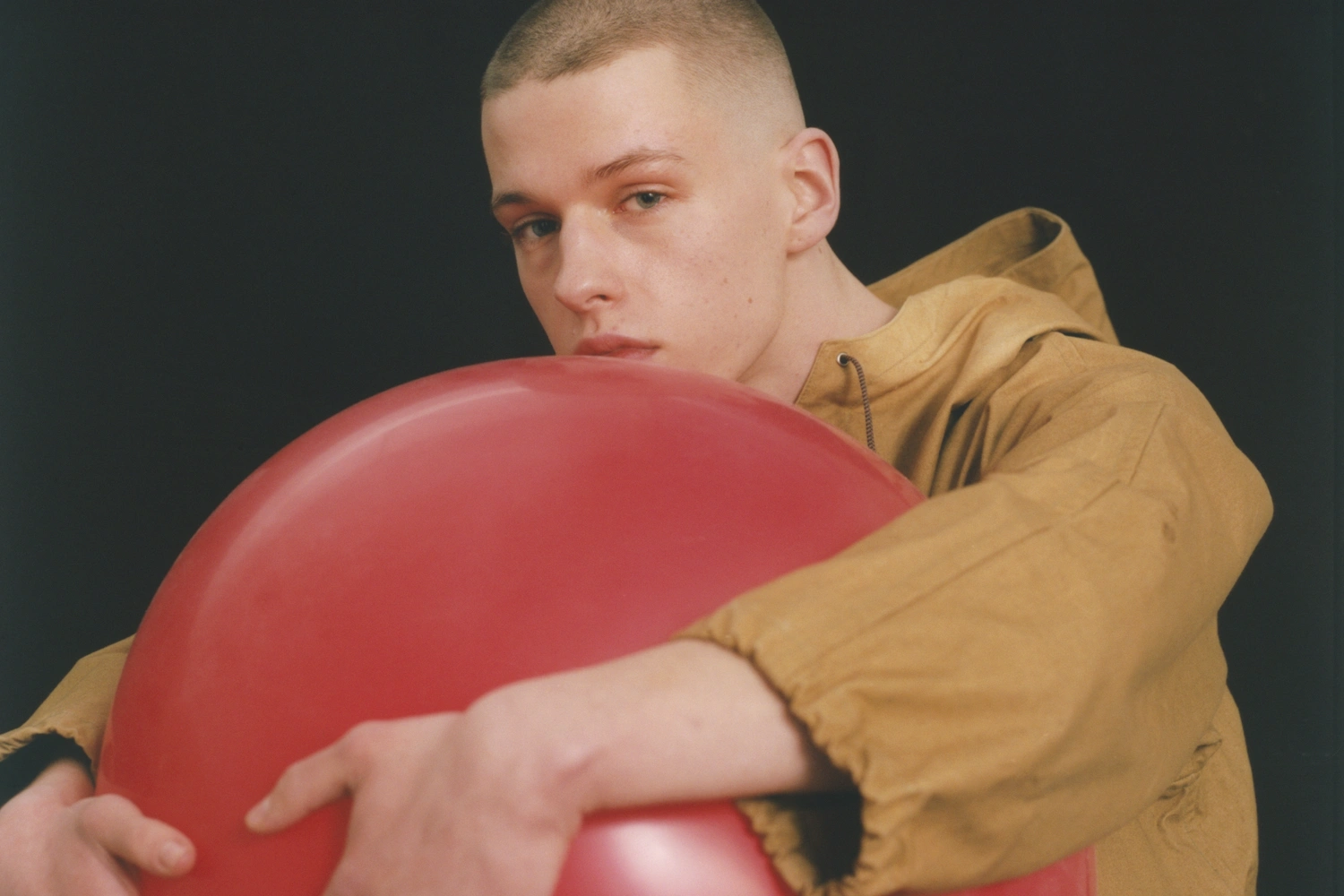
Jack Johnstone: the Bauhaus school between esotericism and mathematical rigor
Inspired by the German school of design, Bauhaus, British photographer Jack Johnstone brings back the human body as a constitutive element of theater and performance
The Bauhaus school between esotericism and mathematical rigor, the dual heritage
When the Bauhaus opened in Weimar in 1919 under the direction of Walter Gropius, it was presented as a school of design that would reconcile art, craftsmanship, and industry. In the century that followed, the institution has often been remembered for its clean lines, its minimal furniture, and its pragmatic orientation toward mass production. Yet behind the rational façade of functionalism lay a more complex story, where mathematical rigor coexisted with esoteric speculation. The Bauhaus was never only a temple of geometry; it was also a site where mysticism and spiritual yearnings shaped artistic experiments.
This paradox—between rigorous calculation and spiritual imagination—has resurfaced in contemporary interpretations. Photographer Jack Johnstone, for instance, has re-examined the Bauhaus theater as a space where the body itself becomes the medium that joins the visible and the invisible. His work provides a lens through which to consider the deeper philosophical tensions of the school.
Johannes Itten and the esoteric roots of Bauhaus teaching
Among the first masters of the Bauhaus was Johannes Itten, a painter and color theorist who brought Mazdaznan, a syncretic spiritual practice, into his pedagogy. Itten believed that art was not merely a matter of form but of inner balance and cosmic harmony. His courses combined breathing exercises, vegetarian diets, and theories of color linked to the four temperaments. Each hue, in his view, corresponded to psychological and spiritual conditions.
For Itten, geometry was not opposed to mysticism but an expression of cosmic order. His famous color wheel, still taught in design schools today, should not be understood simply as a technical tool. It was also a mandala, a diagram of the forces shaping human perception. Within the Bauhaus, this view set the stage for a constant oscillation between scientific precision and esoteric resonance.
Kandinsky and the spiritual vibration of form
Another central figure, Wassily Kandinsky, had published Concerning the Spiritual in Art in 1911, years before joining the Bauhaus faculty. In his writings, he described how colors and shapes produce “vibrations” in the soul, comparable to musical tones. For Kandinsky, abstraction was not an end in itself but a language for expressing spiritual realities invisible to the eye.
At the Bauhaus, Kandinsky developed analytical studies of form: the square, the circle, and the triangle became building blocks of a visual grammar. Yet these elements were never neutral. The circle suggested the infinite, the triangle evoked tension and ascent, the square stability and matter. Mathematics and mysticism converged in a shared vocabulary, where geometry was both rational schema and spiritual symbol.
Oskar Schlemmer and the geometry of the stage
Perhaps nowhere is the dual legacy of Bauhaus clearer than in its theatrical workshop, led by Oskar Schlemmer. His Triadic Ballet (1922) reduced the human figure to a system of volumes: spheres, cones, cylinders. Dancers moved within strict spatial diagrams, their bodies transformed into abstract figures. The stage became a geometric laboratory.
Yet the performances were not cold exercises in mathematics. Schlemmer was deeply interested in the metaphysical dimensions of the human body. He spoke of the performer as a “cosmic marionette,” suspended between earth and heaven, matter and spirit. The mathematical choreography was thus also a ritual, a way of reconnecting human existence to universal laws.
The Bauhaus paradox: rational modernism and esoteric utopia
By the late 1920s, the Bauhaus shifted toward greater industrial alignment. Under Hannes Meyer and later Ludwig Mies van der Rohe, the school emphasized functionality, standardization, and economic efficiency. The esoteric tendencies of Itten and Schlemmer were pushed aside in favor of rational modernism.
And yet, even in its most functionalist phase, the Bauhaus could not entirely erase its mystical heritage. The clarity of its architecture carried a utopian promise: that through design, society itself could be purified and restructured. The buildings in Dessau, with their modular grids and transparent facades, embodied a belief in the transformative power of form—a belief that was as spiritual as it was rational.
Contemporary afterlives of Bauhaus esotericism
Today, Bauhaus is remembered primarily through its objects and buildings: Breuer’s chairs, Gropius’s plans, Mies’s steel-and-glass vocabulary. Less visible are the breathing rituals of Itten’s classes or the ritualistic dances of Schlemmer’s stage. Yet these forgotten aspects have resurfaced in contemporary art, performance, and photography.
Jack Johnstone’s work belongs to this renewed attention. By staging bodies within sets inspired by Bauhaus palettes and geometries, he highlights the latent spirituality in the movement’s visual language. His performers echo the “cosmic marionettes” of Schlemmer, while the chromatic discipline recalls Itten’s spiritualized theory of color. The photographs suggest that Bauhaus was never purely rational—it was also a mystical search for harmony between body, form, and cosmos.
Reconciling two visions with photographer Jack Johnstone
The enduring fascination of Bauhaus lies precisely in this tension. On one side, it stands as a symbol of modern rationality, efficiency, and industrial progress. On the other, it remains haunted by mystical aspirations, by dreams of spiritual renewal through art. This duality explains why Bauhaus continues to inspire not only architects and designers but also performers, photographers, and theorists.
Between esotericism and mathematical rigor, the Bauhaus offered a vision of art as both science and ritual. Geometry was not a cage but a path to transcendence. Performance was not entertainment but a laboratory of human essence. Johnstone’s contemporary project simply brings these insights back into focus, reminding us that the Bauhaus was never just about buildings or chairs—it was about the total reconfiguration of life itself.
Photographer Jack Johnstone: “The Bauhaus movement had a fascinating outlet in theatrical performance. We asked our subjects to explore this range of movements within Helen’s crafted set – designed with the palette and textures of Bauhaus in mind. Movement, color, and form are the vehicles we explored in this abstract world.”
Credits:
PHOTOGRAPHER: JACK JOHNSTONE @ TOGETHER ASSOCIATES
STYLIST: GIULIO VENTISEI
STYLING ASSISTANT ELVA LI
SET DESIGNER: HELEN MACINTYRE
GROOMER: JODY TAYLOR @ LEFTSIDE-CREATIVE using BABYLISS
CASTING DIRECTOR: MIRO RAYNOV
TALENTS: SAM DILKES @ CHAPTER MGMT, SALIM @ IMG MODELS, NIALL HODSON
Editorial Team
